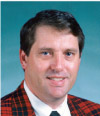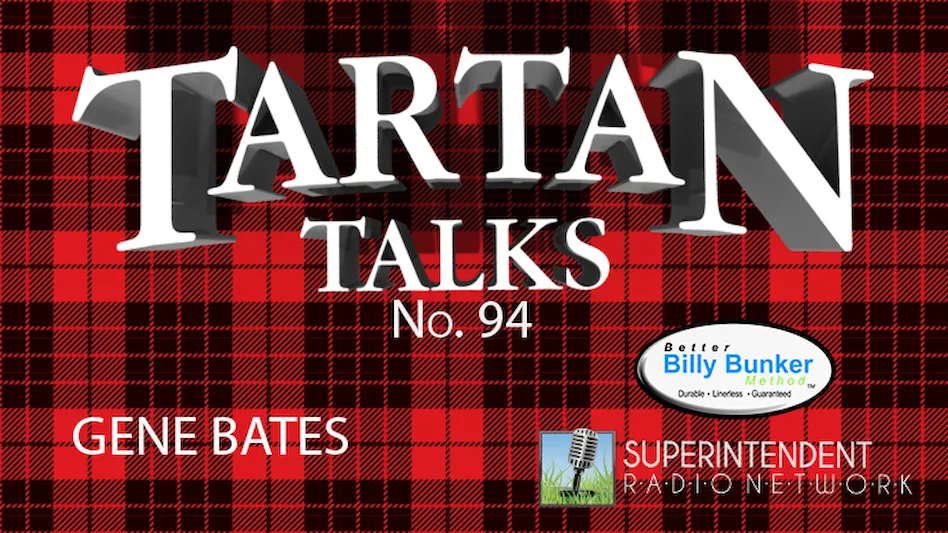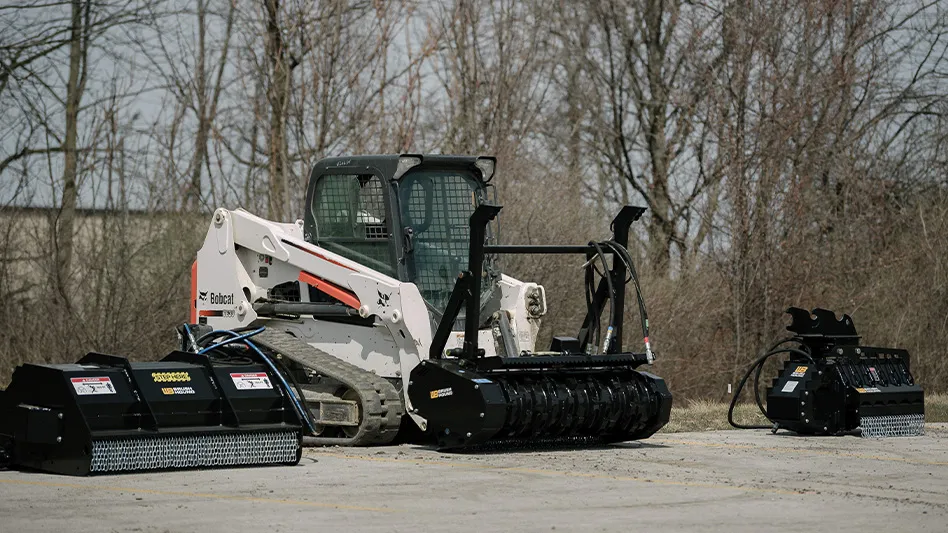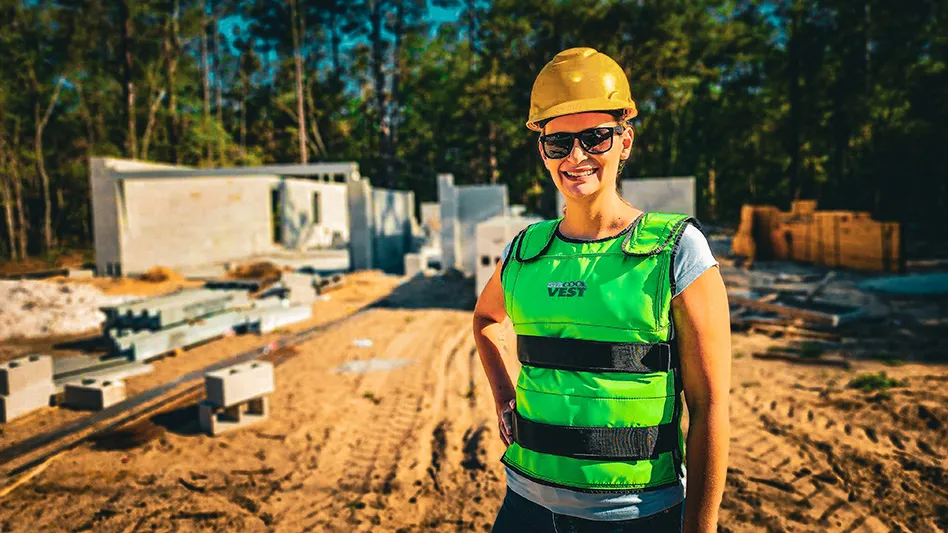 Jeffrey D. Brauer Jeffrey D. Brauer |
You will be reading this in January, when many of you will be taking down your Christmas tree. You hate to do it, but you know you have to. Many superintendents have the same feeling with their golf course trees, with the added problem of convincing extremely reluctant members that it is necessary. Tree removal is a trend that’s here to stay, and this may make your job convincing members a little easier. At a renovation project interview years ago, club members said I shouldn’t recommend removal of a large Cottonwood near their 4th green. That seemed reasonable, until I saw it. The tree was almost on the green edge, with its roots actually pushing through the turf. It was messy and blocked morning sun. When asked “Do you think you will save this tree?” I responded, “Sure, if you tell me where to stack the logs!” I did not receive that commission, but members are more open to tree removal now after seeing many famous courses selectively remove trees and still maintain their character, difficulty and charm. At the current pace, it may take time to reverse five decades of overplanting. But, if the same greens committees responsible for the overplanting are now removing trees, we might be a nation of links courses very soon. “Golf purists,” perhaps rooted firmly in the nostalgia of an earlier time, think that can’t happen too quickly, but most golfers still like tree-lined golf holes. The discussion sometimes paints those old committees as clueless, when in fact, heavy planting helped make any course built in open fields much more enjoyable. However, too many courses planted the wrong species for quick growth or cheap cost, in the wrong places (trees never naturally grow in straight lines), didn’t consider eventual size, or forgot the second half of the old landscaping adage of ”Plant thick, thin quick.” In stating the case for removal, removing trees for agronomy reasons should be a no-brainer. Trees and grass usually don’t mix well. Trees near greens and tees with canopy over (and roots under), trees that block morning sun or air movement are all problems solved by tree removal. In addition, trees require more water resources than turf, which in some places is reason enough to make them candidates for removal. Trees too close together to mow between are problems. Although tight clumps with mulch beds between are more natural and mowing production increases when mowing between every tree is reduced. Objectionable species, including fast-growing, but weak-branched species like most maples, willow, and poplar, or messy trees like sycamores, are problems that are best removed. Trees can impact play in bad ways, especially low-branched trees that hide balls and plantings that have unintentionally narrowed fairways or caused “forced draws and fades.” These may be problems a golf course architect will identify. As for aesthetics, your golf architect will know that:
Trees are important to most golf courses, defining doglegs, separating holes, and providing backdrop, filtered shade, strategy, penalty and character. They also cost money – both in direct maintenance and indirectly in golf course maintenance. In cost-conscious times, each tree needs to be functional, or multi-functional, while presenting few problem to be justifiable. Less definitely can be more. Time can be your ally, and many trees should be eventually replaced, with better design, locations, and species. However, you can wait a few years to remove some weak or poor varieties of mature trees until newly planted trees mature enough to provide the same function.
Jeffrey D. Brauer is a veteran golf course architect responsible for more than 50 new courses and more than 100 renovations. A member and past president of the American Society of Golf Course Architects, he is president of Jeffrey D. Brauer/GolfScapes in Arlington, Texas. Reach him at jeff@jeffreydbrauer.com. |

Explore the January 2014 Issue
Check out more from this issue and find you next story to read.
Latest from Golf Course Industry
- Devising safer landings
- SiteOne adds Durentis to product offerings
- Resilia available for purchase in Hawaii
- What can $1 million do for expanding the industry workforce?
- Captivating short course debuts on Captiva Island
- Wonderful Women of Golf 35: Carol Turner
- The Andersons acquires Reed & Perrine Sales
- Excel Leadership Program awards six new graduates





